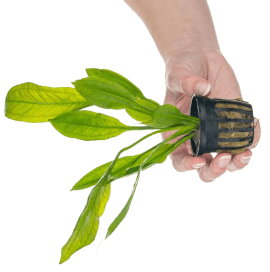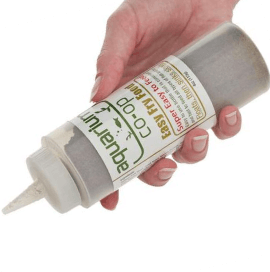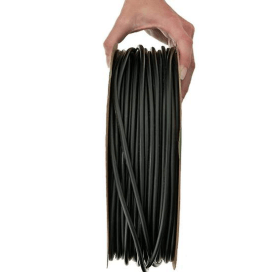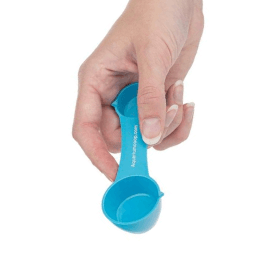How to Culture Vinegar Eels for Fish Fry
Are you getting into fish breeding but need a way to feed teeny-tiny fry that are too small to eat regular fry food? Try vinegar eels! This live food is very easy to culture and is perfect for raising babies until they’re big enough to eat baby brine shrimp.
What Are Vinegar Eels?
Vinegar eels are harmless, white roundworms or nematodes that feed on the microorganisms commonly found in vinegar and fermented liquids. Growing up to 50 microns in diameter and 1 to 2 mm in length, they are one of the smallest and easiest live foods to culture for baby fish. Breeders commonly feed them to newborn betta fish, killifish, rainbowfish, and other fry that require miniscule foods even smaller than baby brine shrimp (which hatch out at 450 microns in size).
Vinegar eels have many other advantages that make them ideal for feeding fish fry. Unlike banana worms and other micro worms, they can survive for several days in fresh water, they swim around in the water column instead of sinking straight to the bottom, and their wiggling motions entice babies to eat more and grow faster. Vinegar eels aren’t necessarily as nutritious as baby brine shrimp (which are born with rich yolk sacs), but they’re an excellent food to feed until the fry have grown large enough to eat baby brine shrimp.
How Do You Start a Vinegar Eel Culture?
- Gather the following materials:
- Starter culture of vinegar eels (from local fish auctions or online sources like aquabid.com)
- 1 container with a long neck (like a wine bottle)
- 1 backup container (like a 2-liter bottle or 1-gallon jug)
- Apple cider vinegar (enough to fill half of each container)
- 1 apple
- Dechlorinated tap water
- Filter floss or polyester fiber fill (stuffing for pillows and stuffed animals)
- Paper towels
- Rubber bands
- Pipette
- Optional: funnel

- Cut the apple into thin slices that can fit through the container openings, and then put four to eight slices in each container.

- Divide the vinegar eel starter culture into each container.
- Fill the rest of the containers with 50% vinegar and 50% dechlorinated tap water, such that the total liquid amount reaches the base of the bottle’s neck. (Leave a little space at the top of the containers for air.)

- Cover the container openings with a sheet of paper towel, fastened with a rubber band. This allows the vinegar eels to breathe while preventing pests from entering. Store the containers at room temperature in a cabinet or on a shelf that does not get direct sunlight.

The wine bottle is your primary culture that can be used for easy harvesting of vinegar eels. The larger container is your backup culture in case anything happens to the wine bottle. Backup cultures can be left alone for a year or two without any additional feedings. The population may decline a little, but you should still have enough vinegar eels to start a new culture if needed.
How Do I Harvest Vinegar Eels to Feed My Fish?
- Leave the wine bottle alone for two to four weeks so that the vinegar eel population grows large enough for you to start feeding the fry.
- When you’re ready to harvest, stuff a wad of filter floss into the base of the neck so that part of the floss is soaking in the vinegar.

- Gently pour a little dechlorinated tap water into the neck of the bottle.

- Wait 8 to 24 hours later, and the vinegar eels will travel through the filter floss into the fresh water to get oxygen.

- Use a pipette to remove some of the vinegar eels and feed them to your fish fry.
You can use this method to feed for several days in a row, maybe up to a week, but eventually the culture will start to deplete. Therefore, if you have lots of fish babies, prepare several bottles of vinegar eel cultures so that you can rotate between them, giving each bottle four to five days between feedings so that the culture has time to repopulate.
How Do I Maintain the Vinegar Eel Culture?
Around the six-month mark, the apple pieces eventually break down, the nutrients are used up, and you may notice the culture is much cloudier than usual. That means it’s time to start a new culture. Get a new container, and pour in some of the old culture. Fill the rest of the new container with apple slices and a fresh mixture of 50% apple cider vinegar and 50% dechlorinated water. In two to four weeks, your new culture should be ready for harvesting again.
For more articles like this, don’t forget to sign up for our newsletter to receive a weekly email with all of our latest blog posts, videos, and live streams!




